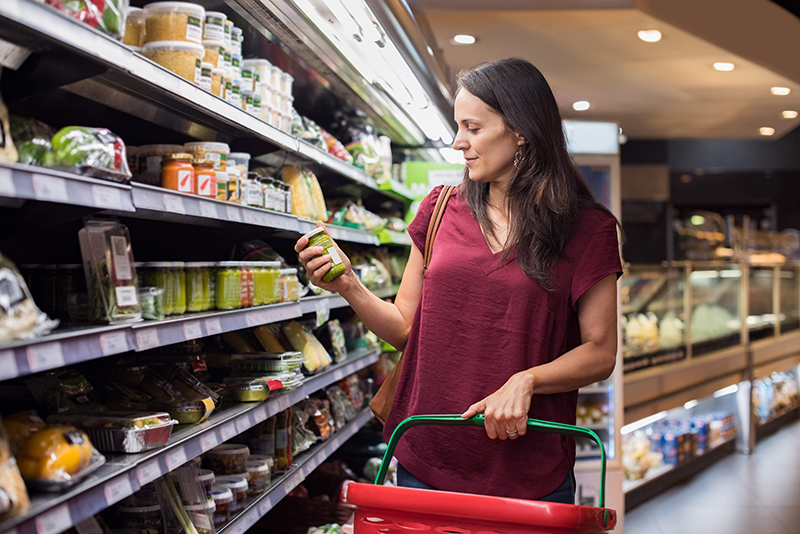CAMPDEN BRI has launched a new e-book: Maximising Shelf Life which provides insights on how the combination of packaging and processes need to be optimised to reduce waste, while maintaining consumer confidence without compromising product safety or quality.
The firm revealed studies suggest around 50% of consumer food waste can be prevented by extending the shelf-life of products.
Microbial profiling, super-chilling, heat pasteurisation and modified atmosphere packaging are some of the preservation techniques that food and beverage processors can adopt. Yet, with so many different quality, waste, sensory, taste and production factors to consider, Campden BRI said uncovering the best and most sustainable option to extend shelf-life can feel like an ‘endurance test’ in itself.
Given the volume of interconnecting factors, Campden BRI’s Maximising Shelf Life e-book explains step-by-step the approach food and beverage processors need to consider for any shelf-life extension project. This includes how its scientific processing and packaging experts can assist with uncovering, validating, reviewing, proving and implementing a strategy aligned to individual product applications that meet HACCP and country-specific food safety legislation.
The e-book also features several case studies, including:
- Verifying the effect of ingredient age of raw produce and how this alters the microbiological characteristics of Coleslaw, impacting shelf life
- Demonstrating how superchilling prawns helped Lyons Seafoods boost product shelf life while simultaneously reducing water and electricity consumption by 20%
- Proving to Innocent Drinks the microbiological stability achieved by High Pressure Processing vegetable juices.
Campden BRI added that for FMCG brands switching to more sustainable packaging, for example composite materials or plant-based formulations to minimise environmental impact, these risks also need to be carefully weighed up. Recyclability is only a small element of the packaging waste and circular economy landscape. ‘Rigorous’ independent tests can help measure the performance in relation to shelf-life, as well as ensuring compliance with food contact materials regulations.
The company explained that processors need to look beyond the ‘smoke and mirrors’ of ‘sustainable packaging’. For instance, if the packaging material allows gases, moisture, light and microbial contaminants in, then it inevitably shortens shelf-life, leads to higher waste and the squandering of resources.
Although packaging suppliers typically perform their own tests, the responsibility rests with manufacturers to ensure each packaging substrate is the right one for the food and beverage type, storage conditions and protects against contamination.
Campden BRI advocates testing packaging over every product’s shelf-life. The company’s microbiological expert, Linda Everis, said this is to mitigate the transfer of constituents; ensure pack and seal integrity is maintained; and test barrier properties from microorganisms.
“Given the number of new materials entering the market, many with little historical data, testing the material in conjunction with the product to ensure they are both compatible over the product’s shelf-life is vital,” she said.
The Maximising Shelf Life e-book is available for free download.














